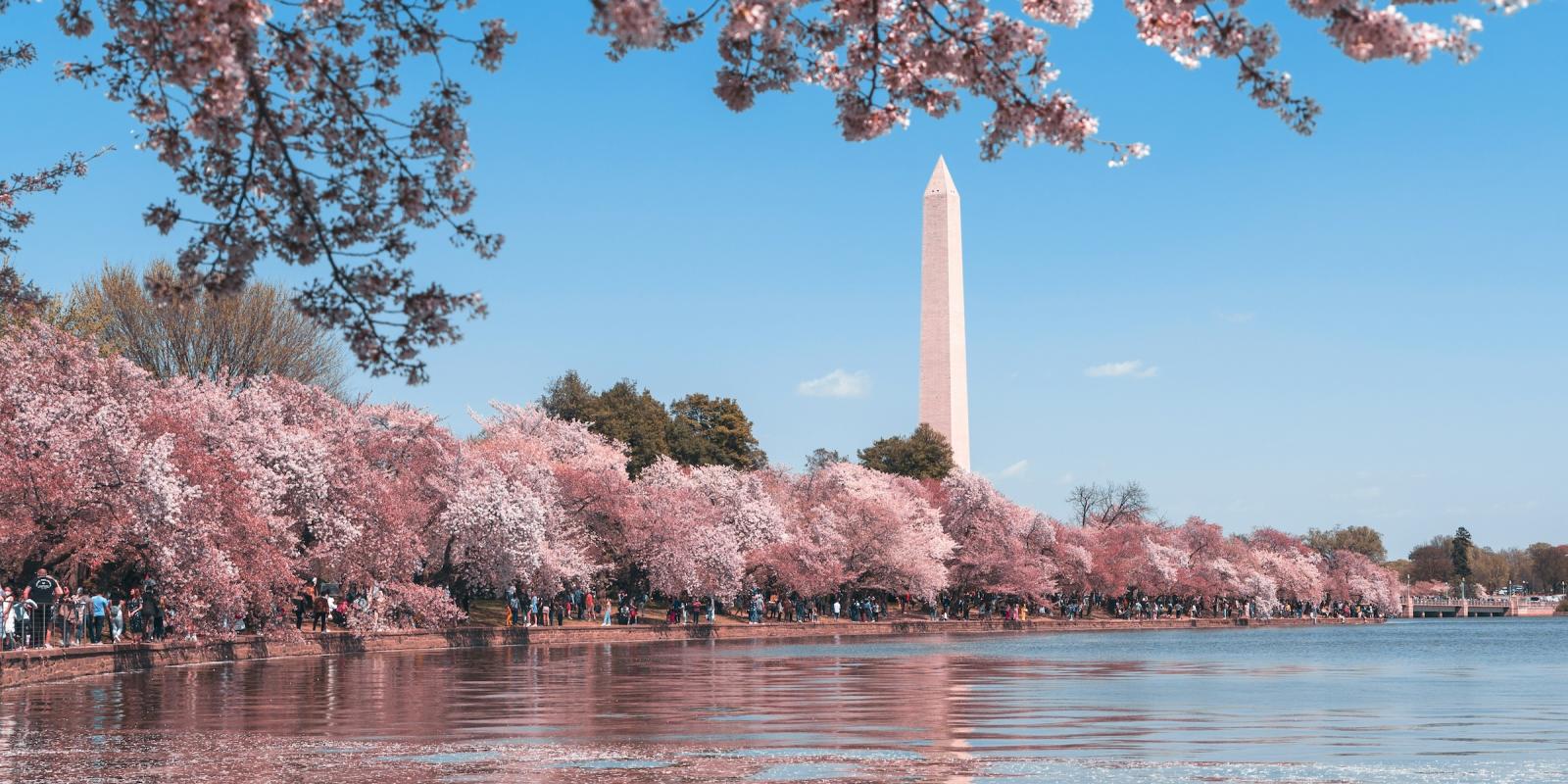On a beautiful June day in 1889, 25,000 people covered nearly six acres of the Smithsonian grounds for a glorious awards ceremony. Of the crowd, 22,000 were children, ranging in age from toddlers to high schoolers, and were the first members of the new Washington Post Amateur Authors’ Association, which the newspaper started to encourage students to excel in English composition. The incentive to join the Association? The opportunity to enter the essay writing competition for the chance to win a stunning solid gold medal.
Although it might seem like these handsome gold medals would be the main highlight of this event, the jewelry actually wasn’t the only gem to come out of the ceremony ... Those present at the Smithsonian grounds that day were also witnesses to the premiere of what would become one of the most famous pieces of music in history: "The Washington Post March."
